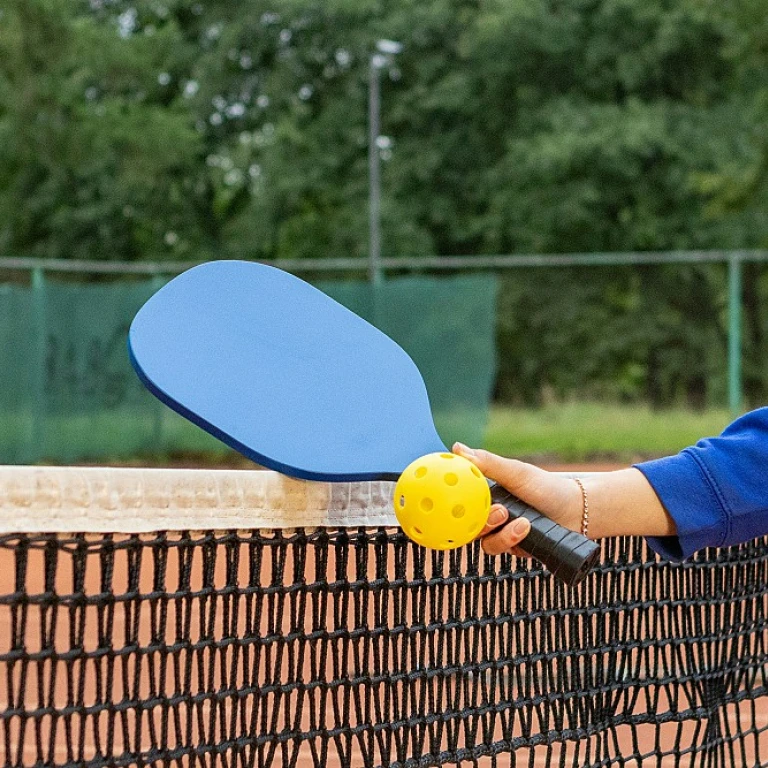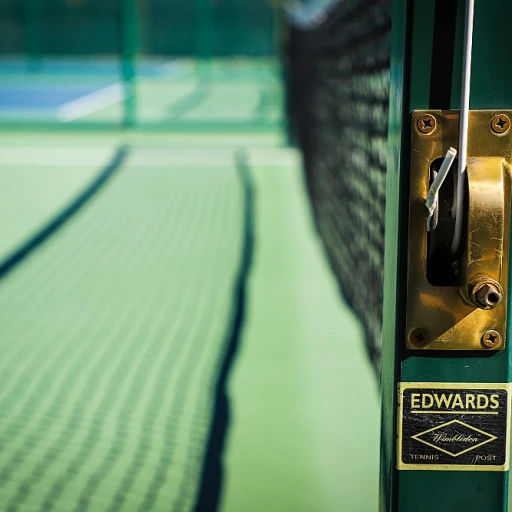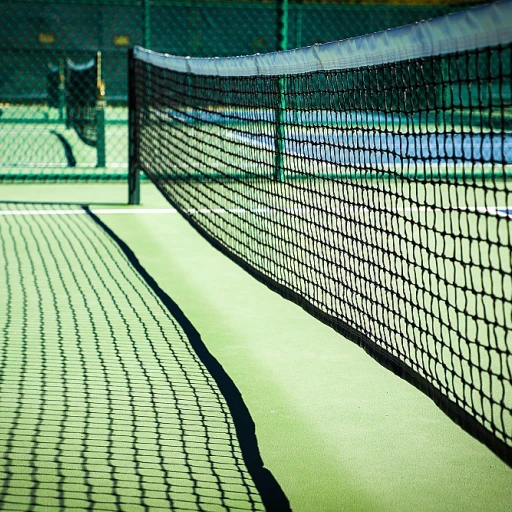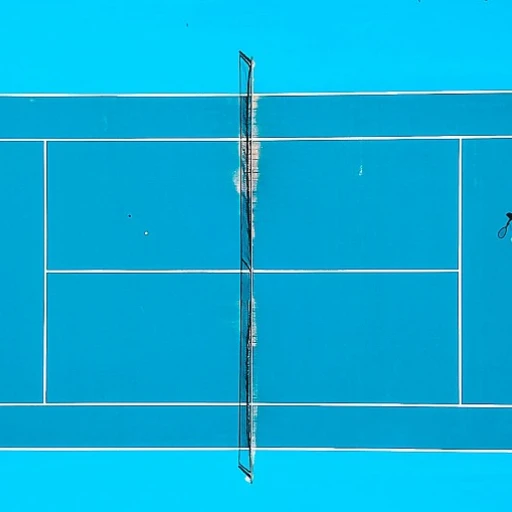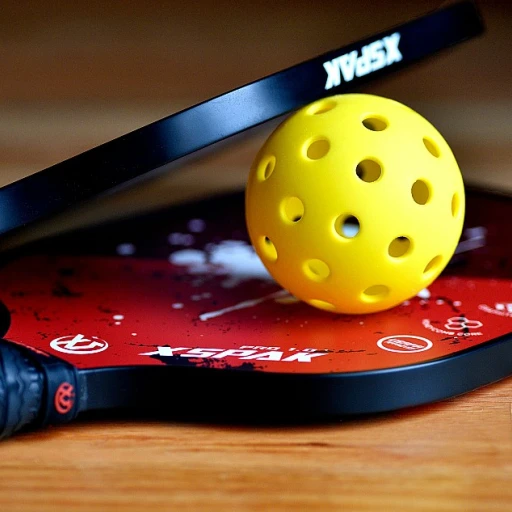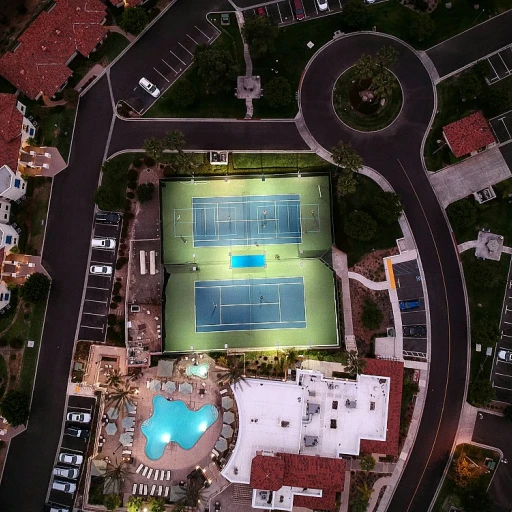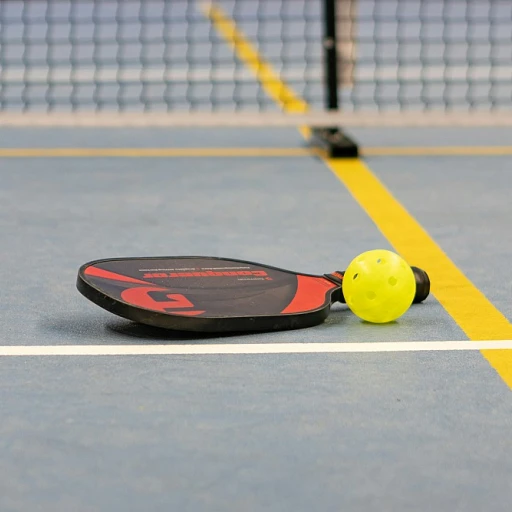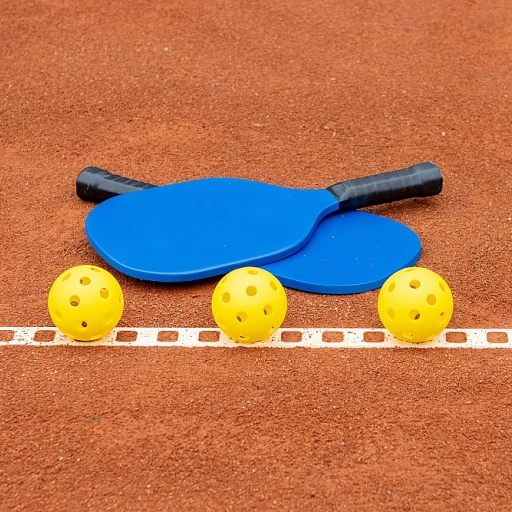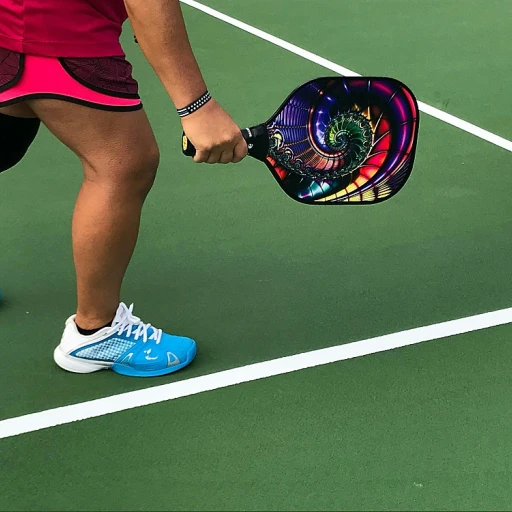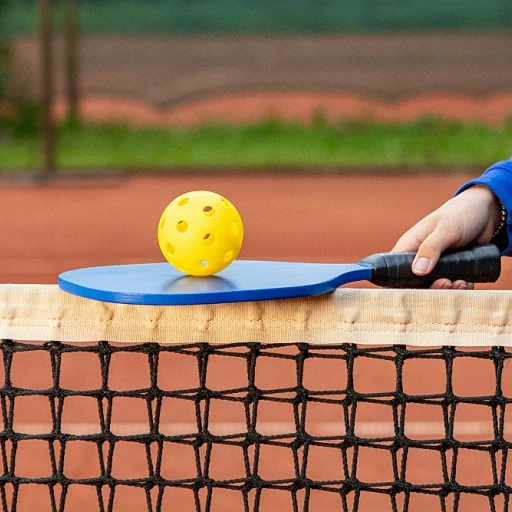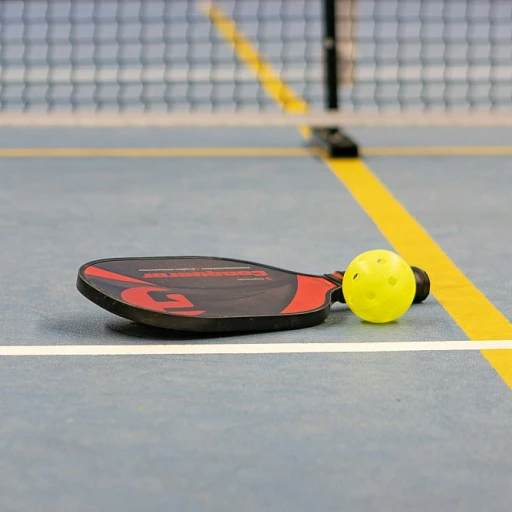
Understanding Pickleball Paddle Thickness
Grasping the Importance of Paddle Thickness in Pickleball
Pickleball is a dynamic sport, growing rapidly in popularity due to its accessibility and low barrier to entry. A key component of succeeding in the game lies in choosing the right equipment—specifically, the pickleball paddle. Among the many factors to consider, paddle thickness plays a crucial role in determining performance on the court. Understanding paddle thickness is essential for players looking to enhance their game. Different thicknesses, such as the 14mm and 16mm options, can significantly impact the paddle's feedback, control, and power during play. The core of the paddle affects how the ball interacts with its surface, resulting in variations in spin, control, and the overall feel of the shots. Thicker paddles often provide a larger sweet spot, which can be beneficial for players who prefer a balance of power and control. By contrast, thinner paddles may suit those prioritizing speed and agility, as they typically allow for quicker hand movements and more precise shot making. Players must weigh these attributes against their personal playing style and preferences to determine which paddle is best suited to their needs. Moreover, the impact of thickness can vary depending on the materials and technologies used by different manufacturers, such as Black Diamond, Selkirk, and Engage Paddles. Be sure to check out our blog on exploring the Shogun pickleball paddle for insights into why paddle thickness is such a critical consideration for elevating your game on the court.The 14mm Pickleball Paddle: Features and Benefits
Exploring the appeal of thinner paddles
When discussing the diverse range of pickleball paddles available, the 14mm paddle often stands out for its unique set of features and benefits that cater to a particular style of play. Its distinct thickness offers various advantages that enhance the overall pickleball experience for many players. A notable trait of the 14mm paddle is the increased control it provides. With a thinner core, players often find it easier to maneuver during quick exchanges, enabling better hand speed and precision. This control can be especially advantageous when executing spin shots or when focusing on placement over sheer power. The lighter feel of a 14mm paddle is also an attraction, making it a suitable choice for those who favor a more agile game. When playing with this paddle, the sweet spot may seem larger to some, enhancing their ability to make consistent contact with the ball. Many players appreciate how the thinner paddle demands an engaged playing style, giving them the chance to harness techniques like spin and finesse. Those who prioritize control in their shots might lean toward this paddle thickness, finding it complements their need for stability and precision. Moreover, the performance of the 14mm paddle often feels amplified with the right gear. Wearing proper pickleball shoes can provide the necessary support and traction, allowing players to make the most of their equipment. If you're considering a 14mm option, it's worth diving deeper into specific models, such as Black Diamond or Double Black, that prioritize this thickness. For those seeking comprehensive insights into paddle choices, the game-changer guide on the J2K paddle provides valuable comparisons and detailed analysis. Ultimately, the 14mm paddle offers a compelling package of control, feel, and versatility, making it a preferred choice for both competitive and recreational players.The 16mm Pickleball Paddle: Features and Benefits
Delving into the 16mm Paddle Experience
The 16mm pickleball paddle offers a unique set of features that cater to players seeking a particular style of play. Its increased thickness provides a different feel and performance on the court compared to its thinner counterparts. This paddle thickness is known for enhancing control and stability, which can be crucial for players who prioritize precision in their game.
One of the standout features of the 16mm paddle is its ability to absorb more vibration. This quality results in a softer feel when hitting the ball, which many players find beneficial for maintaining a consistent sweet spot on their shots. The thicker core also contributes to a larger sweet spot, providing more forgiveness on off-center hits.
In terms of power, while the 16mm paddle might not generate the same raw power as its thinner counterparts, it compensates by offering enhanced control. Players who focus on strategic placement and spin will feel the difference in their ability to execute precise shots. The added thickness also aids in stability, making it easier to handle powerful returns from opponents.
For those who play with a more defensive style or who prefer longer rallies, the 16mm paddle can be the best choice. It allows for better manipulation of the ball, which can be crucial in high-stakes matches. Whether you're a recreational player or someone aspiring to reach a pro level, understanding how this paddle thickness impacts your play can help you make an informed decision.
Performance Differences: 14mm vs 16mm
Assessing Performance: 14mm vs 16mm Paddle Options
When choosing a pickleball paddle, thickness plays a pivotal role in determining performance. Let's delve into how the 14mm and 16mm thicknesses influence key aspects of play, like control, power, and spin.- Power vs. Control: A 14mm paddle typically offers more power, especially for aggressive players who prefer fast shots. The thinner core results in a quicker hand speed, making it easier to generate force when hitting the ball. On the other hand, a 16mm paddle generally provides better control and stability, allowing players to place shots more precisely. It's ideal for those who value finesse and strategic placement over sheer power.
- Sweet Spot Dynamics: The sweet spot is crucial for executing effective shots. A 16mm paddle often has a larger sweet spot, which means there's a greater chance of hitting the ball accurately. This can boost confidence in rallies and enhance overall gameplay. Meanwhile, the 14mm paddle's smaller sweet spot requires precision but rewards players with a satisfying, powerful feel when struck.
- Spin Potential: Spin can be a game-changer in pickleball by adding complexity to your opponent's response. The 14mm paddle's thinner profile and increased maneuverability facilitate generating spin. However, the 16mm paddle, with its robust feel, offers enhanced ball control that can help refine spin shots to add diversity to one's style.
Choosing the Right Paddle for Your Style
Finding Your Ideal Pickleball Paddle: Catering to Your Play Style
Choosing the right paddle is crucial for enhancing your game performance. Your decision will largely depend on your playing style, which encompasses aspects of control, power, and spin.- Control vs. Power: If you prioritize control over power in your shots, thinner paddles like the 14mm might be the perfect match. They offer enhanced touch and feel, vital for players who focus on precision and finesse. On the other hand, the 16mm paddles provide more power due to their thicker core, apt for players who aim to dominate with powerful drives.
- Spin and Sweet Spot: For enthusiasts who love to add spin, the paddle's construction and thickness play a role. Thinner paddles often allow for greater manipulation and spin due to their responsive nature. Meanwhile, paddles such as the 16mm come with a larger sweet spot, which might be beneficial if you seek consistency and stability in your shots.
- Playing Style and Comfort: Heavier paddles typically found in the 16mm range may suit players who enjoy playing from the baseline, offering control and stability. Lighter paddles, associated with the 14mm thickness, might be preferred by those who prefer net play or have quicker hand speed.

